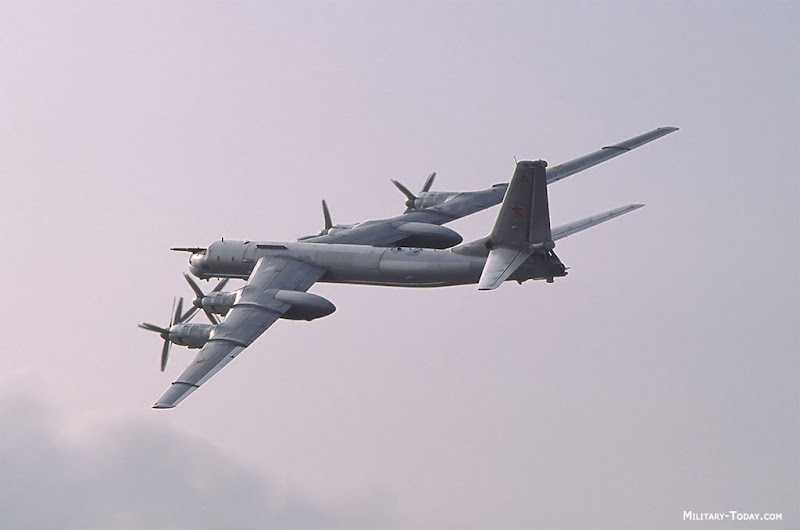 The Soviet Union had a continued and illustrious history architecture large, anarchistic aircraft, both bombers and fighters. The amazing Tu-128 was addition archetype in that continued band of designs. The Tu-128 was developed in the backward 1950s with the primarily mission of countering the perceived blackmail of America’s new abundant bomber, the massive B-52 as able-bodied as the US Navy’s A-5 Vigilante and the proposed US Air Force’s B-70 supersonic abundant bomber.
The Soviet Union had a continued and illustrious history architecture large, anarchistic aircraft, both bombers and fighters. The amazing Tu-128 was addition archetype in that continued band of designs. The Tu-128 was developed in the backward 1950s with the primarily mission of countering the perceived blackmail of America’s new abundant bomber, the massive B-52 as able-bodied as the US Navy’s A-5 Vigilante and the proposed US Air Force’s B-70 supersonic abundant bomber. The Tu-128 Heavy Interceptor design was anon afflicted by the bootless Tu-98 Backfin adviser project. Due to the specific attributes of the 128, NATO codenamed Fiddler, mission profile; the interception of America’s adviser agile afore it could ability Soviet airspace, the aircraft bare to be huge in adjustment to backpack the massive R-4 continued range, air-to-air missiles (NATO appellation AA5-Ash) that could bang an admission ambition about thirty seven afar away. The adorning appearance of the Fiddler began in the mid 1950s and ran able-bodied into the aboriginal 1960s. What emerged was absolutely a advocate aggressive aircraft.











